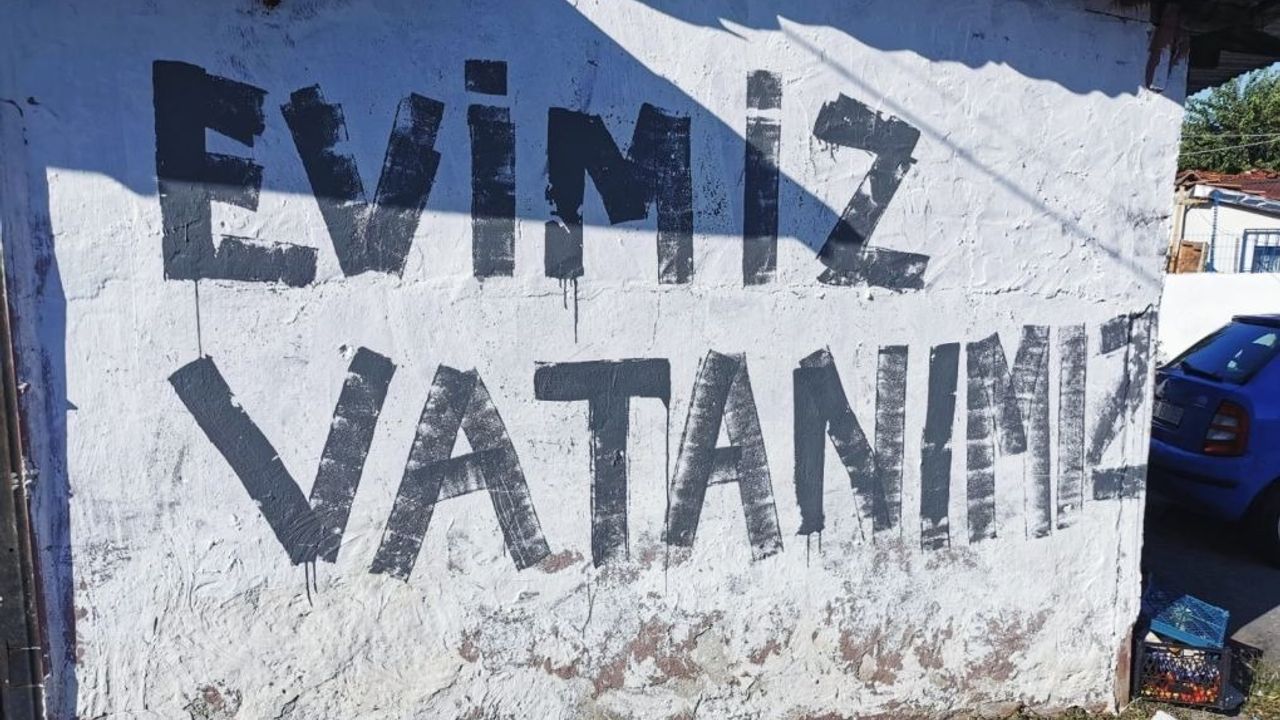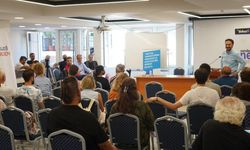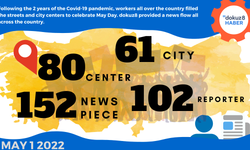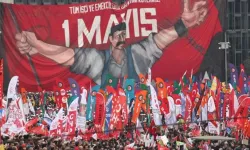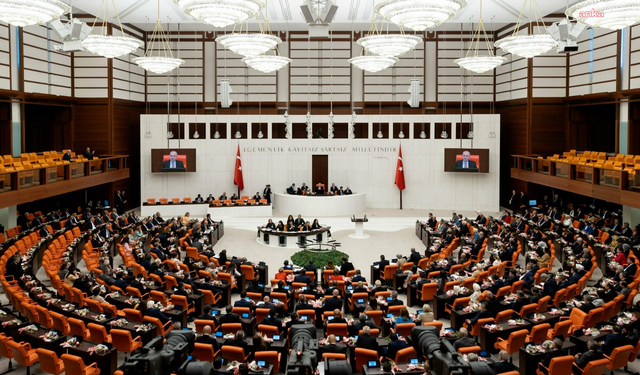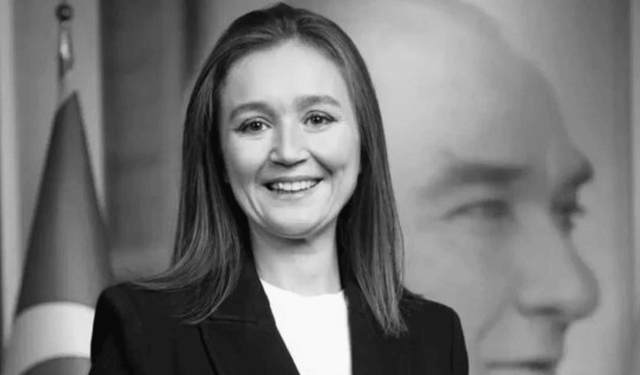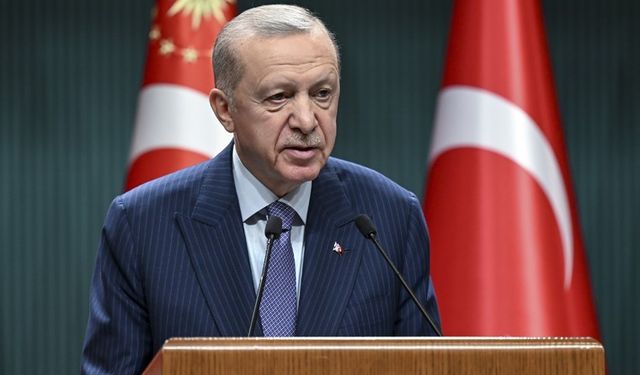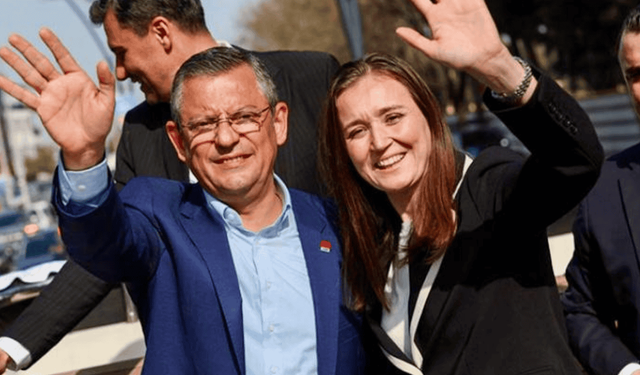Written by: HAZAR DOST – NAZLICAN ERMİŞ
Translation: Sebla Küçük
The urban development project to be implemented by Güngören Municipality and Ministry of Environment and Urbanization in Tozkoparan neighborhood will affect 900 households. The project has been the top agenda item among locals since 2006 as many have been victims of the plan. It was first ratified during the term of former mayor, Yahya Baş, and after being challenged by the residents, the Council of State suspended the project in 2010. However, on December 22, 2020, municipality sent notifications to the residents, warning that they had to evacuate their homes in one month because the neighborhood was declared a “risk area.”
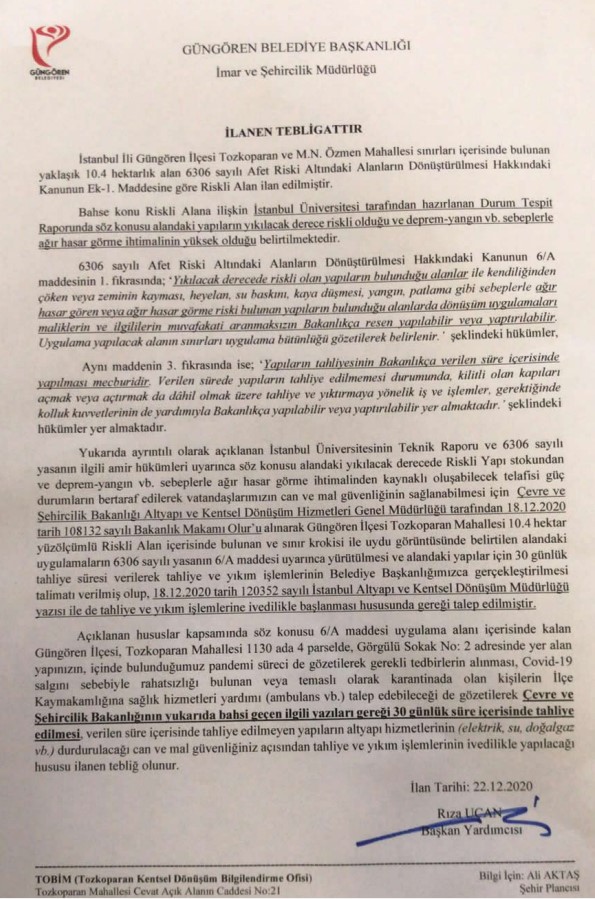
There was nothing illegal about this move by the municipality because, according to a statement published in the Official Gazette on April 21, 2020, the neighborhood was already turned into “risk area.” Güngören Municipality, as if they were waiting for the news, signed the contract for the construction work on the next day.
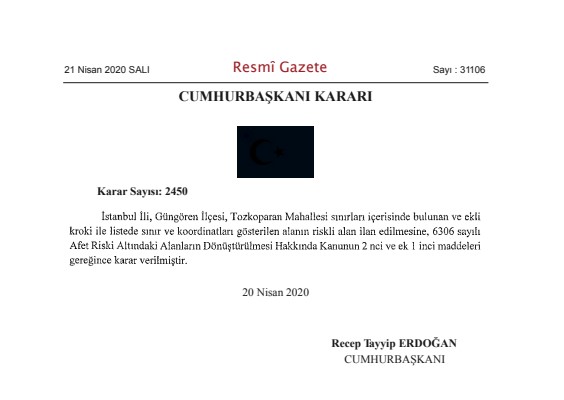
Locals challenged the move and took the matter to the Council of State in June 2020. However, on December 22, 2020, notifications for evacuation were put up on buildings in the area and residents found out that the officials were still moving on with project. Two days later, residents went to Istanbul Regional Administrative Court to file a petition of objection and demand a stay of execution. Locals also demanded the suspension of evacuations as the judicial process was still underway and the project had to be suspended until a verdict came out.
To summarize the judicial process: two days after the municipality put up evacuation orders on the buildings, on December 24, the residents applied to the Regional Court of Istanbul to demand suspension of the urban development project. They also applied to the Council of State in June 2020, demanding suspension of the decision dated April 22, 2020 which declared the neighborhood “risk area.” The prosecutor at 6th Chamber of the Council of State published his opinion on January 11, 2021, saying the technical report based on a survey of 14 buildings in the neighborhood wasn’t “a comprehensive scientific report” and was inadmissible as 5,560 buildings in the area have varying characteristics. Furthermore, the prosecutor concluded that the expert’s report was not based on licensed buildings, and that saying a building ‘may cause loss of life and property’ cannot be considered as evidence.
INCONSISTENCY BETWEEN MUNICIPALITY’S CLAIMS ON EARTHQUAKE RISK AND SCIENTIFIC REPORTS
The “Estimated Losses in a Potential Earthquake” report published by Istanbul Metropolitan Municipality and Kandilli Observatory says in its section on Güngören district that there are 212 low-risk and 213 medium- or high-risk buildings in Tozkoparan. In terms of the number of buildings at risk, Tozkoparan is in the fourth place among the neighborhoods in the whole district. According to the report, with 212 low-risk buildings, Tozkoparan is the second neighborhood in Güngören with the highest number of earthquake-proof buildings.
In addition to the Council of State prosecutor, residents of Tozkoparan also found some support from Regional Administrative Court: 33 requests for stay of execution were accepted by the court on January 15, 2021. That meant the locals wouldn’t have to evacuate their homes. However, 10th Chamber of Istanbul Regional Court accepted the objection filed by the municipality in May 2021 against the motion for stay of execution, and reversed judgements on 28 out 33 requests. The other 5 motions for stay of execution remained effective, but municipality officials went to the neighborhood on June 24, 2021 to evacuate the buildings by using force.
DETAILS OF THE PROJECT: MINISTER’S PROMISES UNFULFILLED
The urban development project in Tozkoparan turned into a major dispute when Istanbul Regional Administrative Court reversed the motions for stay of execution in May 2021. At this point, it may help to refresh our memories about the details of the project and the promises given by authorities. When you go to Tozkoparan, you can’t help but be amazed by the sheer existence of a neighborhood with so many green areas at the heart of Istanbul. Peace Park, located at the center of the neighborhood, is the social hub of the area. Children play at the park throughout the day as adults enjoy their cups of tea on the benches.
Ömer Kiriş, who has been living in Tozkoparan for 50 years, gives us the details about the history and social characteristics of the area, and we understand how this neighborhood has been able to stand against the political developments in Turkey: “This neighborhood first emerged with the construction of several buildings for low-income families. The people who first came to this neighborhood just saw swamp and mud. They worked 50 years to make this place what it is now. Our mothers and fathers planted these trees with great affection.” Indeed, trees standing in the gardens of five-story buildings turn the neighborhood into a green landscape.
Tozkoparan neighborhood was first built in 1965. The government adopted a strict squatter prevention policy, and started building low-cost housing in French and Soviet architectural style for low-income families with children. According to Kiriş, families working in textile, footwear and pharmaceuticals industries in Topkapı, Eminönü and Mahmutpaşa moved into these houses. Later, in 1983, cooperative housing and municipal housing projects were also started in the neighborhood. Workers, lawyers, engineers and other municipality workers started moving into the area. With these groups, the socio-cultural structure of the neighborhood was positively changed.
Today, there are three types of buildings in the area: low-cost housing projects, buildings for accommodating municipality workers, and cooperative housing projects, and the size of these houses vary from 45 to 110 square meters. Kiriş says there were two open-air theaters and one indoor theater in the 1980s. The residents are also keen on sports. Kiriş emphasizes that the neighborhood was turned into a true community during 1990s and 2000s, and that this community is now at risk of being torn apart by the urban development project as many families will be forced to move to different neighborhoods.
The children playing at the park agree with Ömer Kiriş. “This is the only place we know. All of our friends are here” they say.
Minister of Environment and Urbanization Murat Kurum met with the residents of Tozkoparan on December 30, 2020, and informed them that the payments for the new houses would be at similar amounts as their average rent, and residents would be able to choose the flats they want to live in. That is, the current residents would be given priority during the sales of the new flats. The old building stock would be renewed, and owners would move into brand new flats by paying minimal amounts. Only five days later, however, Güngören Municipality and the project stakeholders organized a meeting at Tozkoparan Information Office, and offered a completely different deal to residents. According to the deal, the residents would have to pay 180,000 TRY for the new flats. Furthermore, with the project, the number of households in the neighborhood would go up from 900 to 1,600, and stores and commercial areas would be added to every building.
According to a cost sheet published by Istanbul Chamber of Engineers on February 3, 2021, the amount requested from residents is not only to cover relevant costs, but also to maximize profits to be earned by intermediary firms from the pockets of the current owners of buildings.
CORE SAMPLES COLLECTED FROM ONLY 14 BUILDINGS
The urban development project in Tozkoparan is essentially based on a bill declaring the neighborhood a “risk area.” In other words, according to those who drafted the project, the building stock in the area had to be quakeproofed. However, the measurements made during the judicial proceedings show the opposite because it has been revealed that the measurements commissioned by Güngören Municipality covered only a small portion in the total project area. The majority of the buildings in the neighborhood were actually earthquake-resistant, but the municipality performed core analysis with samples from only 14 buildings.
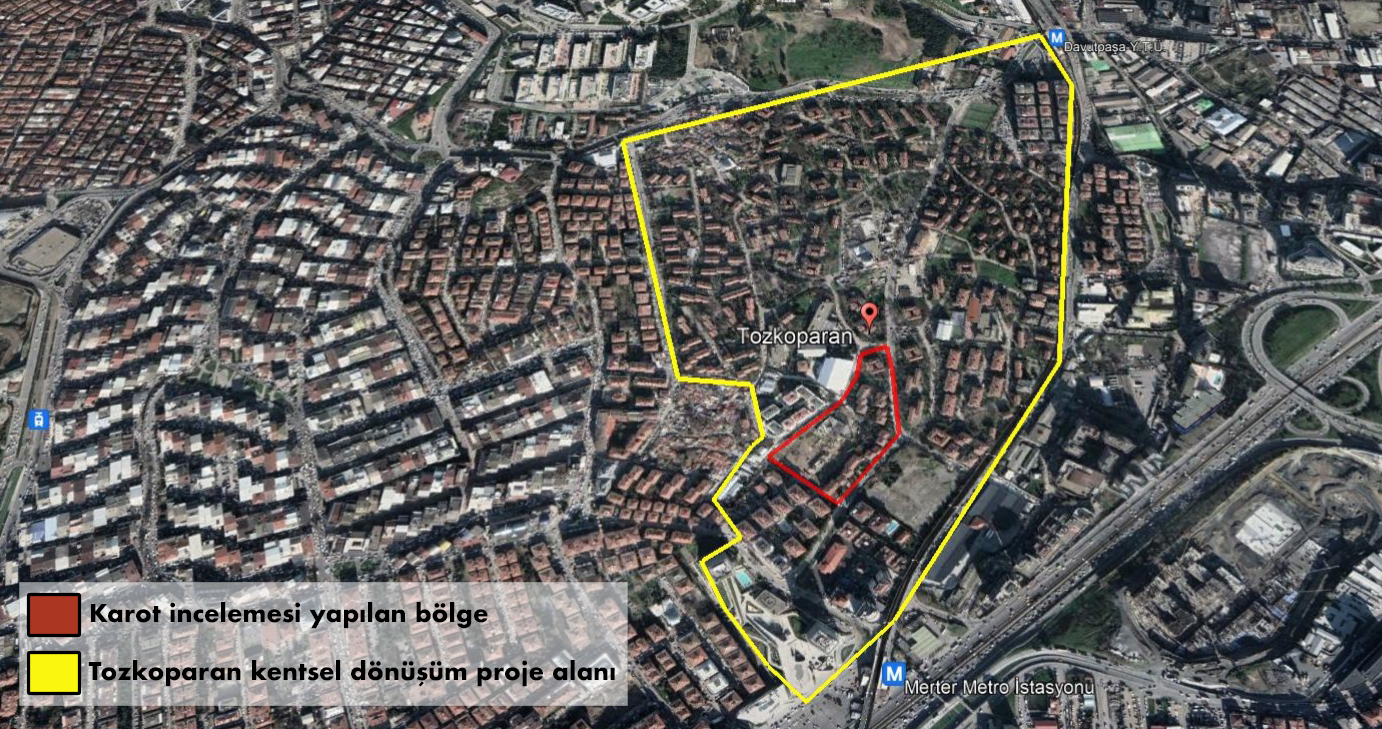
Experts’ surveys during the judicial proceeding at the Council of State on revocation of the bill declaring the neighborhood a “risk area” proved the municipality report wrong. Experts from Istanbul Cerrahpaşa University analyzed all buildings in the area that was reported to be “at risk” by the municipality, and concluded that there was no such risk.
"THEY ARE PLAYING A GAME ON US”
Ömer Kiriş, the head of the Association for Solidarity with Tozkoparan Neighborhood (TOZ-DER) says “They are playing a game on us,” and emphasizes that the urban development project aims to “change” the strategically-located neighborhood rather than “renovate” it: “They are planning to divide and merge 39 parcels, including Küba neighborhood, because these parcels are squeezed in between and lead to violation of the construction code. As the courts cancelled those decisions, they continued with merging our parcels with the others. When they build an 18-meter road here, two blocks will have to be expropriated. And when that happens, current owners will have to hand over 45 percent of their property to the state without receiving any payment. The remaining 55 percent will be paid on the basis of market value. This is why they are dividing and merging parcels. There are 20 more court cases to be launched against these people. We broke a record with the number of court cases filed against this project. Actually, there isn’t a single project but a group of projects, and we took all of them to the court. They are now up against a wall with their projects. The plans are different from the projects drafted for buildings.”
"TWO BUILDINGS ADDED UPON MINISTER’S ORDER”
The residents of Tozkoparan say they never saw the actual project, which was awarded to the winner of the tender. A resident argues that they don’t believe there is even a project. Kiriş also says, “It’s highly likely that they will not be able to issue title deeds for property ownership in this area, so they will turn it into a dormitory or a penal institution.” Zeki Can Bakır, another resident, says “When the minister visited Tozkoparan for a meeting, he saw two buildings and said ‘Add them to the project.’ This is how they were included in the plans.”
CRIMINAL COMPLAINT AGAINST THE MAYOR AND OTHER OFFICIALS
The residents say they have been systematically harassed and threatened by Tozkoparan Information Center (TOBIM) following the court order for stay of execution, and these harassments even led to the death of 66-year-old Ramazan Kabataş, who fell ill after a phone call he received from the center. Residents have since filed for a criminal complaint against the mayor and TOBIM officials.
SUSPICIOUS RELATIONSHIPS
The residents also highlight the striking relationships between the individuals involved in the project, including Rıza Uçan, the deputy mayor, whose cousin, Hacı Uçan, is the Deputy General Manager at Ministry of Environment and Urbanization, Directorate of Spatial Planning. Some claim that Hacı Uçan has direct affiliation with the project because many projects in Güngören have been approved by the Ministry through a process which bypassed the Municipality and the Municipal Council of Istanbul. Officials at the municipality, who requested to remain anonymous, confirm that Güngören has been turned into a “construction municipality” because of Rıza Uçan.
The most striking example of the “development efforts” of the municipality happened on February 10, 2022. The officials issued construction permit to build “social space” on a park in Genç Osman neighborhood, which was the emergency muster area. Güngören Mayor Bünyamin Demir, his executive assistant Mehmet Seyyar, deputy mayor Veysel İpekçi – who was later forced to resign – and deputy mayor and cultural director Abdülkadir Altınhan are all members of the board of a company called Medhal Limited.
THIS IS A MIGRATION PROCESS
Tozkoparan neighborhood is currently hosting a community consisting mainly of senior citizens and pensioners whose only property is their homes; however, after the urban development project, the population to move into this area will be radically different. A lady living in the neighborhood says the plan is a “gentrification project that will push out the poor, working-class residents.” “We have a small marketplace in the neighborhood, and everyone goes there for shopping. Now they are planning to build a mall and residences here. Current residents of this area can’t afford those residences. We want houses in return for our houses, but we don’t want to kill the spirit of the neighborhood. We don’t want to have a place where the poor live on one side, and the rich on the other side,” she says.
The locals say that the project aims to force them to leave the neighborhood. According to them, the flats that will be built under the project can only be afforded by the rich, and not by the current residents.
* This article has been prepared in the scope of the “New Generation of Investigative Journalism Training Project” which is implemented by Media Research Association in cooperation with ICFJ (International Centre for Journalists).
